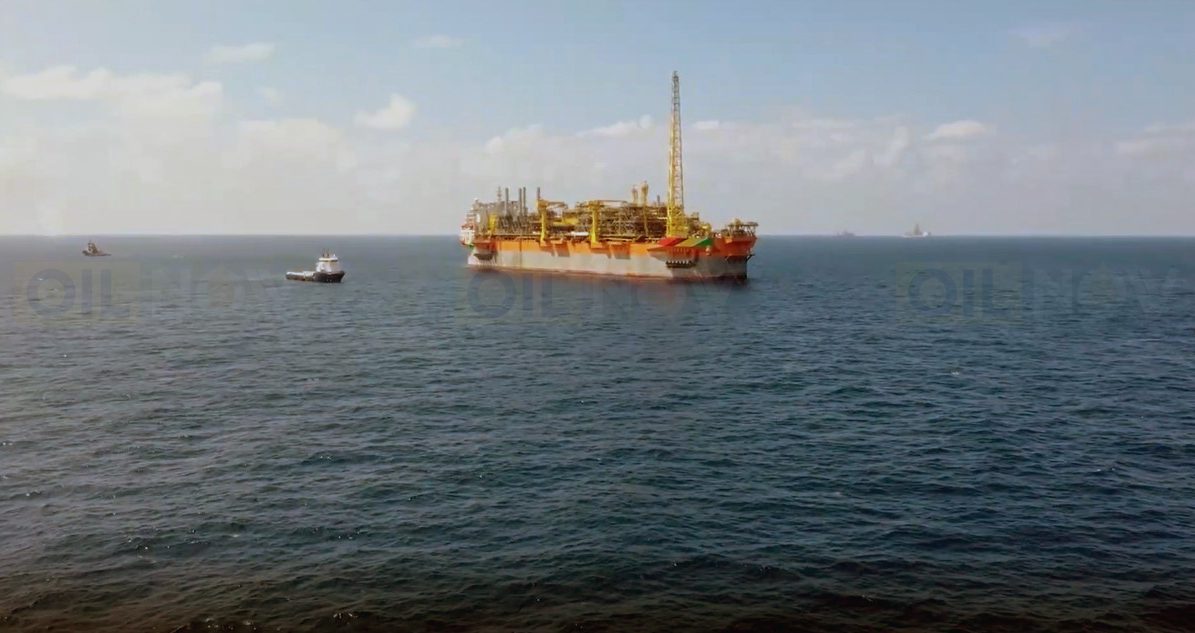Analysts have said the significant sums Guyana is set to receive in oil revenue can make the country one of the richest in the world, per capita. The companies producing oil there are also set to receive massive returns on their investment in this new South American frontier.
ExxonMobil, operator of the prolific Stabroek Block, said in July that its advantaged projects in Guyana helped to deliver strong volume contributions for the 2023 second quarter.
To be categorised as ‘advantaged’, industry analyst Wood Mackenzie said this requires a project to be resilient, sustainable, timely, and predictable. Resilience is characterised by low costs, strong reservoir performance and high fluid quality, while projects must enjoy good access to infrastructure. To be sustainable, a project must generate minimal emissions, so investment in technology such as clean power sources and carbon sequestration is important. In terms of timeliness, WoodMac said it expects payback for oil to come within 8-12 years, which requires ready market access and workable regulation. And on the matter of predictability, WoodMac said this is about ensuring minimal risk, so government support and fiscal stability is important, along with good subsurface intelligence.
“Our calculations suggest that the Guyana basin, for example, should achieve payback in less than ten years at an oil price of US$60-80,” WoodMac said. “However, all the key growth opportunities are to be found in very deep water, raising the complexity level – and hence the risk.”
Nevertheless, WoodMac said it expects strong upstream growth in Latin America this decade, with deepwater and unconventional oil and gas offsetting the decline from mature conventional plays. It expects the region will reach a new peak of 14 million barrels of oil equivalent per day (boe/d) in 2029 – an increase of four million barrels compared to 2020.

Guyana is positioned to play a major role in delivering low carbon intensity barrels to a global economy still dependent on fossil fuel to meet its energy needs. The country is already positioned to be one of the highest margins, lowest carbon intensity areas, delivering the highest growth globally.
The world needs Guyana’s low carbon intensity oil developments, Hess tells investors
“Advantaged deepwater oil in places like Guyana and Brazil, along with niche LNG – including low-cost greenfield and feedgas backfill at legacy liquefaction projects – will progress,” Robert Morris, a senior analyst at WoodMac has said.
Norway-based Rystad Energy has said for offshore assets, the Stabroek Block is very competitive in breakeven terms, so even in a low oil price scenario that asset class is still very attractive.
The Exxon-led consortium has line of sight to six floating production storage and offloading (FPSO) vessels by 2027, with a gross production capacity of more than 1.2 million barrels of oil per day and the potential for up to 10 FPSOs to develop the discovered resources on the Stabroek Block.




